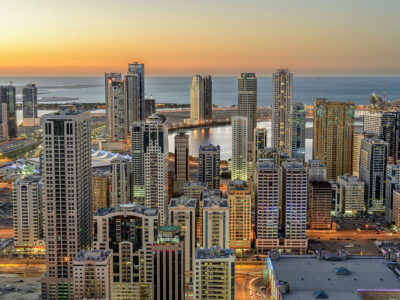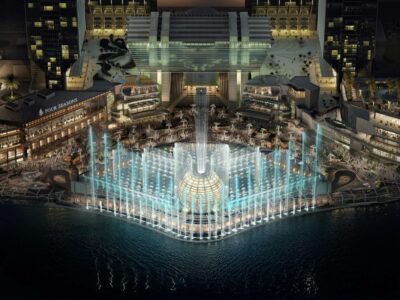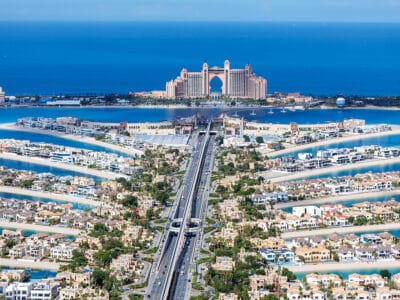Demand for specialised logistics facilities such as cold storage warehouses and data centres is driving record rental growth across Saudi Arabia’s industrial sector, with occupancy nearing full capacity despite a surge in new supply, a new report found.
According to Knight Frank’s Saudi Arabia Industrial and Logistics Market Review – Autumn 2025, more than 1.3 million square metres of new warehouse space was delivered in the first half of 2025, yet industrial rents in Riyadh rose 16 per cent year on year to SAR 208 per square metre, the report said. Occupancy in the capital stands at 98 per cent, reflecting sustained demand from tech giants and retailers expanding their Gulf operations.
“Despite this influx of new supply, average rental rates across Riyadh, Jeddah and the Dammam Metropolitan Area have risen significantly, underscoring persistent growth in demand especially for high-quality modern facilities,” said Faisal Durrani, Partner and Head of Research, MENA at Knight Frank.
Saudi Arabia’s logistics sector hits new heights
Global technology and e-commerce firms, including Google, Oracle, Huawei, Apple and Shein have helped reshape the logistics landscape. The 3 million square metre Special Integrated Logistics Zone at King Salman International Airport has become a magnet for international tenants, while districts such as Taibah are forecast to grow by 50 per cent over the next three years.
This comes four years after Saudi Arabia introduced its regional headquarters mandate, which requires multinational companies seeking government contracts to establish their Middle East base in the kingdom.
Riyadh, which remains the Kingdom’s main logistics hub, saw total warehouse stock climb 3.5 per cent to 28.9 million square metres while industrial and manufacturing space expanded 1.4 per cent to 16.2 million square metres.
Jeddah maintained steady momentum, with rents up 8 per cent and occupancy at 97 per cent. The city’s industrial growth has been supported by DP World’s SAR 3 billion investment in the South Container Terminal, which doubled port capacity and enhanced freight flows through Jeddah Islamic Port.
On the Gulf coast, Dammam’s average lease rates rose 9 per cent to SAR 231 per square metre with occupancy at 96 per cent as limited modern warehouse space continued to constrain supply. While 2.4 million square metres of land have been earmarked for future development by Mawani and MODON, Knight Frank said shortages will persist in the near term.
Saudi Arabia’s industrial expansion is being fuelled by Vision 2030 and related national strategies that aim to triple industrial GDP and double industrial exports to SAR 557 billion by 2030. The logistics sector’s contribution to GDP is targeted to rise from 6 per cent to 10 per cent over the same period.
Government reforms including an extension of the 10 per cent White Land Tax to undeveloped industrial and commercial plots are intended to discourage land banking and accelerate the release of serviced plots for development.
The Kingdom issued 585 new industrial licences in the first half of 2025, attracting SAR 13.5 billion in capital investment. The total number of licensed factories has reached 12,840 with projections of 36,000 by 2035, according to Knight Frank.
Foreign investment continues to flow into large-scale industrial and logistics projects. Notable developments include PIF and Hyundai’s new car plant in King Abdullah Economic City, a rare earth partnership between Ma’aden and MP Materials and an industrial IoT deal linking Aramco Digital, Armada and Microsoft.
“Saudi Arabia’s industrial and logistics sector is in a phase of dynamic growth driven by ambitious diversification policies and significant foreign investment,” said Amar Hussain, Associate Partner – Research, MENA at Knight Frank.
“The rapid rental growth across all three major cities points to a fundamental transformation of the market, moving away from older stock towards the modern specialised facilities essential for the Kingdom’s future as a global industrial and logistics leader.”






